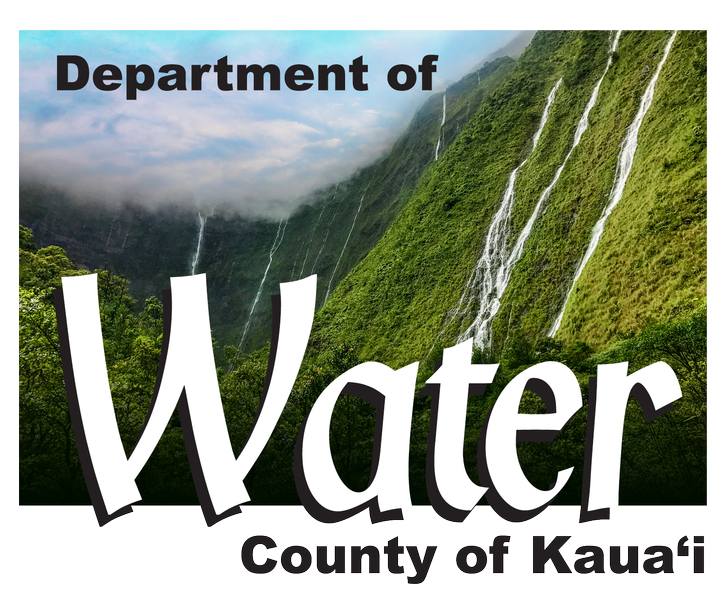|
Frequently
Asked Questions
Why
am I getting this brochure?
The
Safe Drinking Water Act has been amended to require water systems to
provide its customers with an annual report of the quality of their
drinking water. This brochure is a snapshot of the quality of the water we
provided last year. Included
are details about where your water comes from, what it contains and how it
compares to Environmental Protection Agency (EPA) and state standards.
We
are committed to providing you with information because informed customers
are our best allies.
Is
my drinking water safe?
Yes. The
Department of Water regularly conducts microbiological analysis and has
contracted for extensive chemical testing in order to comply with
Environmental Protection Agency (EPA) and Hawaii State standards.
The standards are very strict in order to ensure safe drinking water.
How
do contaminants get into our drinking water?
The sources of drinking water (both
tap water and bottled water) include rivers, lakes, streams, ponds,
reservoirs, springs and wells.
As
water travels over the surface of the land or through the ground, it
dissolves naturally occurring minerals and, in some cases, radioactive
material, and can pick up substances resulting from the presence of
animals or from human activity.
Therefore,
drinking water, including bottled water may reasonably be expected to
contain at least small amounts
of some contaminants. The presence of contaminants does not necessarily
indicate that the water poses a health risk.
Contaminants
that may be present in source water before we treat it include:
• Microbial
contaminants: Viruses and bacteria from sewage treatment plants, septic
systems, agricultural livestock operations and wildlife.
•
Inorganic
contaminants: Salts and metals which can be naturally occurring or from
other sources, such as urban storm
water runoff, industrial
or domestic wastewater discharges, oil and gas
production, mining or farming.
•
Pesticides and
herbicides: Variety of sources such as agri
culture, urban storm
water runoff and residential uses.
•
Radioactive
contaminants: Naturally occurring.
•
Organic
chemical contaminants: Synthetic and volatile organic chemicals,
by-products of industrial processes and petroleum production, also from
gas stations, urban storm water runoff, and septic systems.
To ensure safe tap
water, EPA sets limits on these substances in water provided by public
water systems.
Should
I take special precautions?
Some
people may be more vulnerable to contaminants in drinking water than the
general population.
Immuno-
compromised persons such as persons with cancer undergoing chemotherapy,
persons who have undergone organ transplants, people with HIV/AIDS or
other immune system disorders,some elderly and infants can be particularly at risk from
infections. These people should seek advice about drinking water from
their healthcare providers.
EPA/CDC
(Centers for Disease Control) guidelines on appropriate means to lessen
the risk of infection by Cryptosporidium
and other microbial contaminants are available from EPA’s Safe Drinking
Water Hotline
(1-800-426-4791).
More
information about contaminants can also be obtained by calling the EPA’s
Hotline.
Why
do I notice off-odors or taste in my water?
Sometimes
if water in your house is not used, the microbes in the pipes can grow and
cause odors and funny taste.
Flushing the water can resolve this problem.
Water should be flushed in the morning or when not
used for an extended period of time.
What
causes my water to look milky when it comes out of the faucet?
Air
trapped in the water lines causes this problem. Let the water sit in a glass. The water becomes clear from
the bottom up if air is the cause. The water is safe to drink.
Why
is chlorine added to my water?
Chlorine
is added to control microbe levels in the water distribution system to
keep the water safe. The chlorine level
ranges between 0.1 to 0.5 ppm. The small amounts of chlorine in the water
do not pose a health hazard. If you
want to remove chlorine, either let it sit for a while or filter it
through an activated carbon filter.
|

